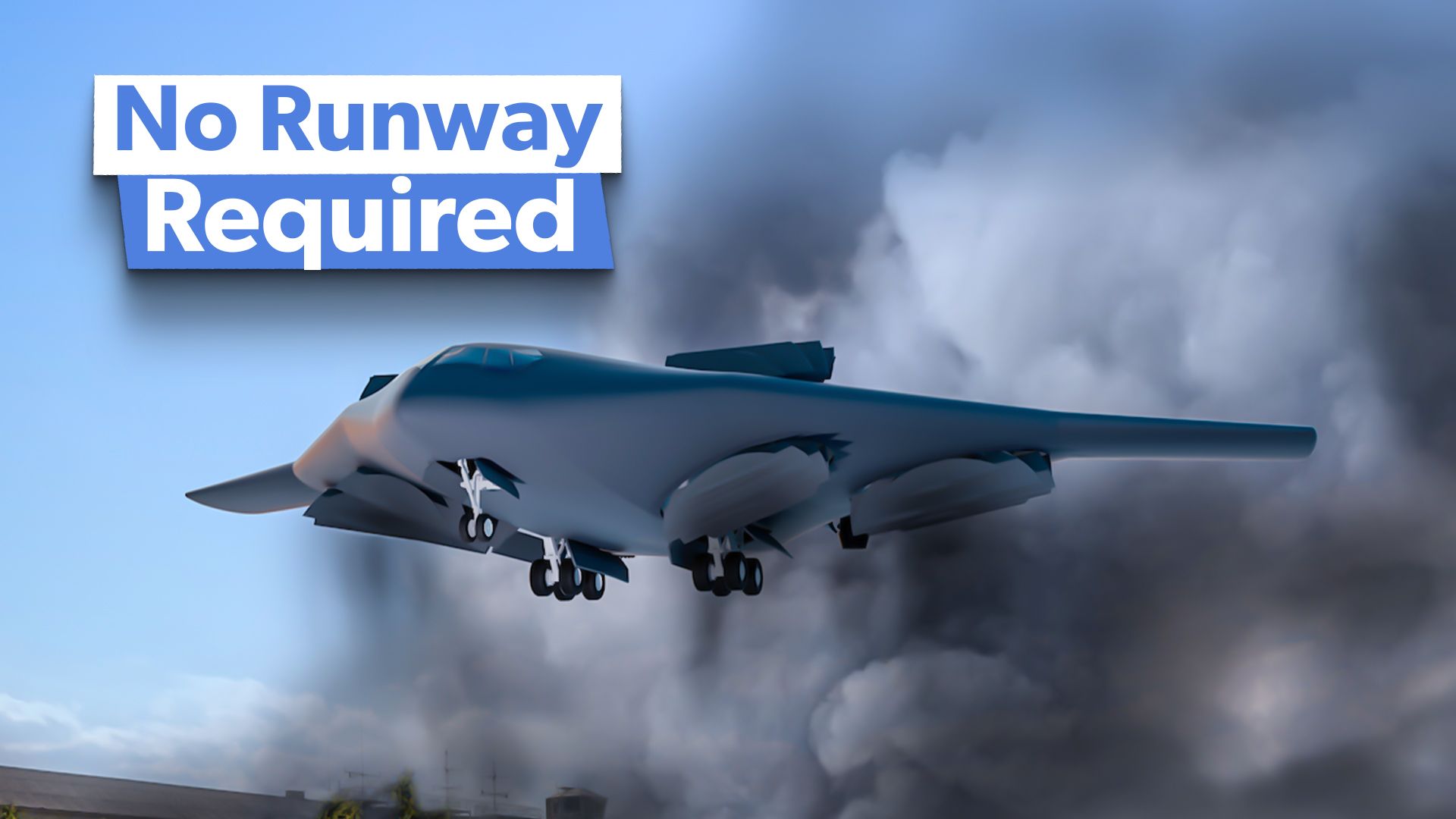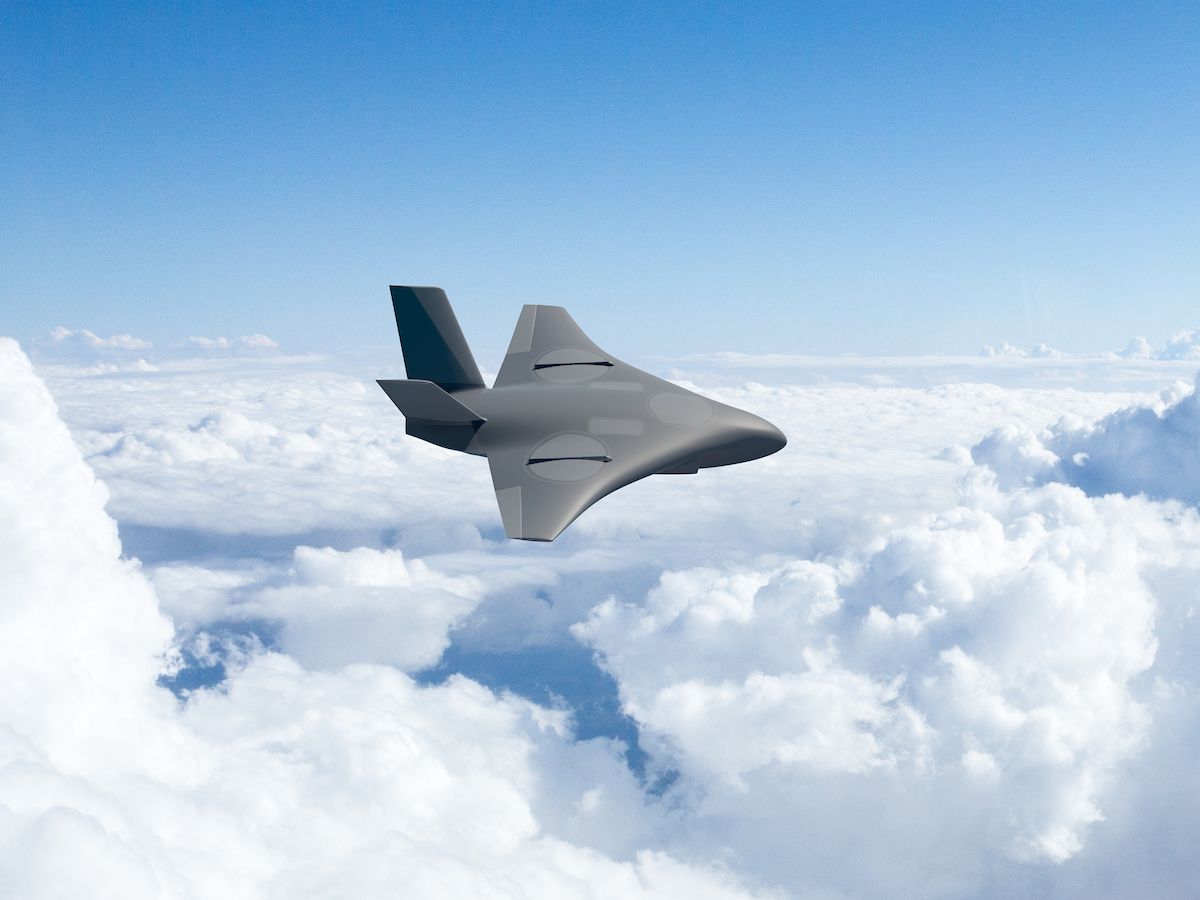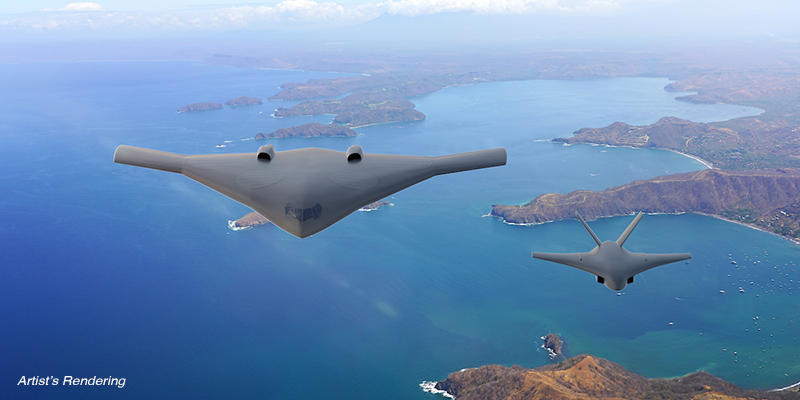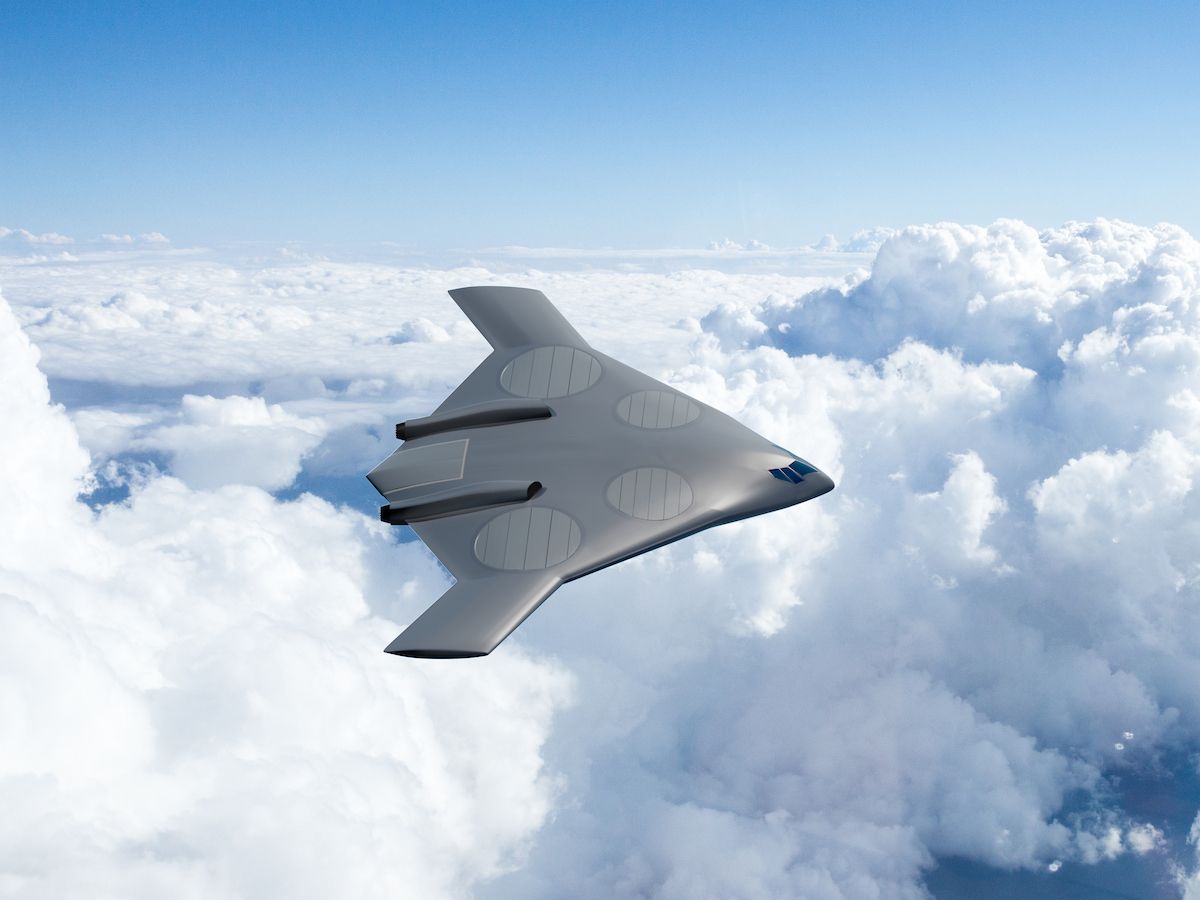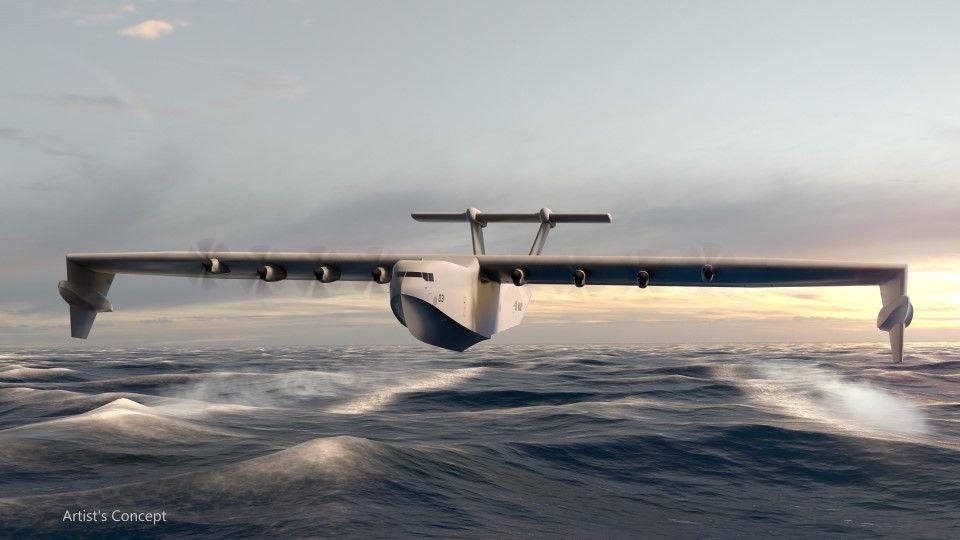Airbus, JetZero, and ![]() Boeing’s
Boeing’s
Aurora Flight Sciences are three companies working on developing blended wing
designs for the next generation of commercial and military tanker/transport fleets. Aurora is designing a demonstrator X-plane using fan-in-wing technology that will provide vertical lift for US airborne logistics without needing a prepared runway (
the project was previously revealed earlier in the year
). This is a separate project from
JetZero’s blended wing demonstrator intended as a military transport and refueling aircraft
.
Aurora’s new vertical lift blended-wing stealthy demonstrator
Aurora states its design is part of an effort to create an X-plane to “demonstrate the key technologies and integrated concepts that enable a transformational combination of aircraft speed and runway independence.”
Photo: Aurora
“Newly released renderings of the vertical lift concept depict a scalable technology for airborne logistics and personnel recovery missions in locations without a prepared runway.” – Aurora
Aurora and Boeing are collaborating to develop technologies that could deliver a novel solution to mobility challenges in contested environments. The Fan-in-wing (FIW) concept combines an embedded lift fan with a blended wing body design, enabling the aircraft to take off vertically. It is believed this can be achieved without sacrificing the payload capacity and aerodynamic efficiency of current fixed-wing aircraft.
|
Aurora’s X-plane: |
|
|---|---|
|
Type: |
Stealthy, vertical lift, blended wing, military transport |
|
Wingspan: |
130 feet |
|
Payload bay: |
40 feet |
|
Take off: |
Vertical lift (and landing) |
|
Project: |
A DARPA project |
The current demonstrator being developed is a scaled-down uncrewed aircraft that will have a 45-foot wingspan and a 1,000 lbs payload capacity. It will also use off-the-shelf turbofan and turboshaft engines and will be able to reach speeds of up to 450 knots true airspeed (KTAS).
Photo: Aurora
“The technology demonstrated in the SPRINT X-plane could be scaled to medium and heavy lift aircraft, creating a future family of systems. For example, Aurora envisions a manned, 130-ft wingspan aircraft with four lift fans and 40-ft payload bay. The FIW aircraft could meet or exceed the payloads, ranges, and speeds typical of fixed wing military transport aircraft while delivering the tactical advantage of true vertical takeoff and landing.” – Aurora
If the design proves successful, a 130-foot-wing span aircraft with a 40-foot payload bay could be built. This would be a high-speed, stealthy, and runway-independent transportation aircraft. It would be something like what is seen in Sci-Fi movies like Star Wars or Avatar (without the ability to fly into space).
Current development timeline
So far, Aurora has conducted a ground effect test flight using a 4.6-foot wingspan model with three lift fans. The test demonstrated that “suck down effects created by the lift fans in hover were negligible,” among other findings. Aurora plans wind tunnel tests in late 2024 and early 2025 using a 9-foot full wingspan aircraft model and a 5.25-foot semi-span embedded lift fan test to model aerodynamic effects.
Photo: Aurora
Scheduled timeline:
- 2024: Testing of 4.6-foot model
- 2024-2025: 9-foot wingspan wind tunnel tests
- 2025: Preliminary design review
- 2027: Flight testing
A preliminary design review is scheduled for April 2025, and flight testing is planned for 2027.

Related
Amazing! How The X-15 Hypersonic Research Program Set All Kinds Of Aviation Records
The X-15’s speed record remains unbroken, and (by some definitions) its altitude record wasn’t broken until 2004.
Rolls-Royce previously worked with Aurora on X-planes
It is unclear which company is being contracted to build the vertical lift system for the X-plane. The United Kingdom’s Rolls-Royce is currently the only company building STOVL systems for fighter jets (its LiftSystem is what is used on Lockheed Martin F-35B fighter jets).
In 2018, Rolls-Royce was contracted to work with Aurora to develop a different (and bizarre-looking) VTOL DARPA X-Plane called the Aurora XV-24 LighntingStrike. A scaled-down demonstrator was built using a Rolls-Royce AE1107C turboshaft engine. This aircraft was canceled in 2018.

Related
Anywhere & Anytime: A Closer Look At US DARPA’s ANCILLARY UAV X-Planes
In sci-fi pop culture, you have “The X Files.” In the real world, you have the X-planes, courtesy of DARPA.
The US military’s unrivaled logistics
Aurora is designing a new aircraft concept as part of the Defense Advanced Research Projects Agency (DARPA) Speed and Runway Independent Technologies (SPRINT) program. Another
remarkable DARPA development program for US military logistics is the Liberty Lifter
(an ekranoplan or ground-effect vehicle blurring the line between ship and plane).
Photo: DARPA
The United States military has been called a logistics organization that also happens to fight – as is seen in having around 75% of the world’s aerial refueling tankers. While most military forces are designed to protect their own country (and perhaps limited efforts in neighboring countries), the US military is designed to project power around the world. This compels the US to always invest heavily in logistics and military transport aircraft.
Selected current DARPA projects:
- XRQ-73 (stealth drone)
- Liberty Lifter (ekranoplan)
- Aurora X-plane (blended wing, VTOL, stealth transport)
- X-65 (drone)
Developing a new aircraft that combines vertical life with stealth with a blended wing design is certainly ambitious and could be a major boost to maintaining the US’s ability to project power in ever-more contested environments for many years to come.

